« What is the Christian Life? An Introduction | Home | The Life Has Been Revealed »
Life for a Divided Community
By Mark D. Roberts | Tuesday, July 14, 2009
Part 2 of series: What is the Christian Life?
Permalink for this post / Permalink for this series
Yesterday I began a new blog series I’m calling What is the Christian Life? If you missed yesterday’s post, you might check it out to see where I’m headed in this series. Or, you can read on, and be surprised.
I’ll never forget a conversation I had years ago with a friend I’ll call Doug. Doug was the pastor of a growing church not far from where I lived. That day his face told a sad story. As we sat across the coffee shop table from each other, I could read his grief in taut lines that etched his usually cheerful face. My friend was in obvious distress.
“Our church is splitting,” he admitted. “I can’t do anything more to keep it together. It feels like my heart is being torn up, my family. I can’t believe this is happening.”
Neither could I. Everything had seemed to be going so well for Doug and his congregation. Begun as a home Bible study, under Doug’s leadership the church had grown swiftly in size. Many of those added to the membership had become Christians as a result of his ministry. Soon the expanding fellowship added new staff, including a talented, young assistant pastor.
But disaffections with Doug’s ministry began brewing. The assistant pastor all too willingly stirred the pot. Before long, a sizable faction of the church planned to break away to start their own fellowship. Their gripes weren’t substantial, matters of theology or morals. They had more to do with ministry style and strategy. Mostly, they reflected spiritual immaturity among believers who saw the church as place to meet their needs rather than a place to serve the living God.
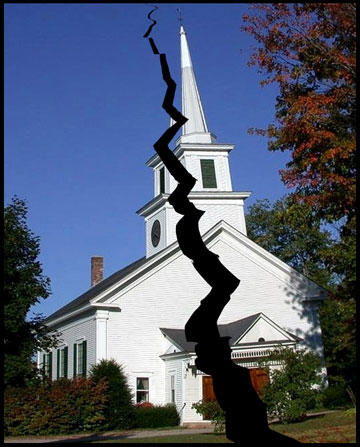 The intervention of denominational officials shone a ray of hope into the dark situation, but only for a brief moment. It was too little, too late. The church was dividing. As his beloved congregation broke apart, so did Doug’s heart. He winced as former friends now averted their eyes when they saw him in town. He yearned for reconciliation and ached because it seemed so unlikely.
The intervention of denominational officials shone a ray of hope into the dark situation, but only for a brief moment. It was too little, too late. The church was dividing. As his beloved congregation broke apart, so did Doug’s heart. He winced as former friends now averted their eyes when they saw him in town. He yearned for reconciliation and ached because it seemed so unlikely.
Doug’s situation is as old as Christianity, I’m sorry to say. In the closing years of the first century A.D., a pastor known to us as John watched sadly as his church splintered before his eyes. The divisive issues were not trivial, as in the case of Doug’s church. They had to do with fundamental theology: the nature of Christ and the Christian life. Those who had departed from John’s church rejected the essential humanity of Christ, denied their own sinfulness, and failed to love their fellow church members. Unwilling to abandon their mistaken views and practices, they instead parted company with the church that had been their spiritual family. They also abandoned John, who was not only their pastor, but perhaps even one of the original disciples of Jesus. Many scholars believe that he was also the author of the Gospel of John (or at least that both “Johns” were leaders in the same church).
Though devastated by the split in his congregation, John turned his pastoral attention to his remaining flock. Fearing that others might leave the church, he wrote a short treatise to reaffirm the basic truths that the separatists had denied. He urged those he called his spiritual “children” to think rightly and to love energetically (1 John 3:18). This treatise is preserved for us as the first letter of John in the New Testament.
John does not merely refute the views of those who left his church. Rather, he strengthens his community by helping them to understand the Christian life. With greater regularity than any other biblical book, John uses the Greek word “life” (zoe, pronounced ZOE-ay), and explains what that life is all about. He does this with particular intensity in the opening verses of 1 John:
The one who existed from the beginning is the one we have heard and seen. We saw him with our own eyes and touched him with our own hands. He is Jesus Christ, the Word of life. This one who is life from God was shown to us, and we have seen him. And now we testify and announce to you that he is the one who is eternal life. He was with the Father, and then he was shown to us. We are telling you about what we ourselves have actually seen and heard, so that you may have fellowship with us. And our fellowship is with the Father and with his Son, Jesus Christ. (1 John 1:1-4, my translation, with italics added. I will generally use my own translations in this series, for the sake of accuracy and clarity.)
In my next post in this series I will examine in greater detail the life that has been revealed to us according to 1 John 1:1-4.
Topics: Christian Life |
One Response to “Life for a Divided Community”
Comments
Thanks for your willingness to make a comment. Note: I do not moderate comments before they are posted, though they are automatically screened for profanities, spam, etc., and sometimes the screening program holds comments for moderation even though they're not offensive. I encourage open dialogue and serious disagreement, and am always willing to learn from my mistakes. I will not delete comments unless they are extraordinarily rude or irrelevant to the topic at hand. You do need to login in order to make a comment, because this cuts down on spam. You are free to use a nickname if you wish. Finally, I will eventually read all comments, but I don't have the time to respond to them on a consistent basis because I've got a few other demands on my time, like my "day job," my family, sleep, etc.
You must be logged in to post a comment.
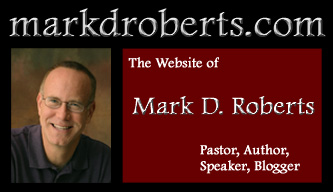



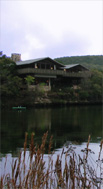
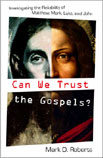


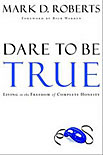
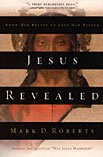
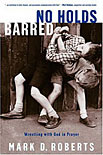
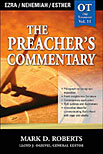
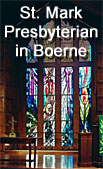

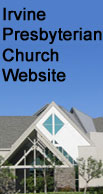
July 24th, 2009 at 3:46 pm
Greetings!
It is an honour to invite you to watch the video at www.messierel.com regarding the “Art of the New Advent: the second coming of the Messiah”
Enjoy,
Jean Francois Messier